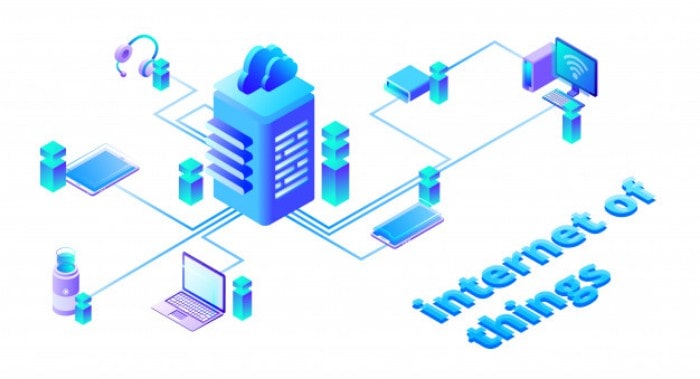
The Four Layers of IoT
The world is changing at a rapid pace, driven by science and technology, and it’s becoming challenging to stay on top of the rise of different tech advances. However, there is a common denominator between most of the technology trends. This underlying common theme is of convergence of technologies, and the IoT is the perfect example of this phenomenon.
The very nature of IoT lends to the notion of a convergence of various technologies working together as one to solve a real business problem or enable new services and products. Most industries involved in the IoT ecosystem look into this technology only from their own specific perspective, which is why 87% of the people are still unaware what the term ‘Internet of Things’ actually refers to.
In our article, we try to demystify this confusion by describing the four layers of IoT technology.
The First Layer of IoT – Sensor Connected Devices
These are small, battery-operated, memory-constrained electronics devices with embedded sensors and actuators. These devices could either operate as standalone sensing devices or as part of a bigger machinery for sensing and control. Three main features of a typical IoT device are:
- Capability to sense and record data
- Capability to perform light computing
- Capability to connect to a network and exchange the data
Use cases of these devices include medical wearables for measuring glucose levels, agricultural soil moisture sensors, fitness trackers, and more. There is a vast number of established companies and startups trying to keep a competitive edge by coming up with newer and newer actuators, sensors, and devices.
The Second Layer – IoT Gateway Devices
The vast number of IoT devices from the first layer needs to be connected to the internet via a more powerful computing device. This device is called the IoT gateway, and it primarily acts as a networking device. It’s kind of like how WiFi router helps us connect phones, laptops, PCs, and other accesories to our home internet. The IoT gateway acts as a mediator – it accumulates data from a wide array of sensing devices and transfers it to the cloud.
These gateways are a key ingredient in the IoT network. IoT gateways are usually equipped with multiple communication capabilities (Zigbee, Bluetooth, Lora WAN proprietary protocols) to communicate with IoT devices on the one hand and a connection to the internet on the other side (via Ethernet, WiFi, or Cellular link).
The Third Layer – the Cloud
All the data transferred via IoT gateways is stored on cloud-hosted servers. Cloud-hosted servers’ role is to accept, store, and process data for analysis and decision making. This layer allows for the creation of live dashboards, which enables the decision makers to monitor and take proactive data-driven decisions. Nowadays, pretty much all cloud computing companies offer custom services for IoT solutions.
Final Layer – Analytics
This is where all the acquired raw data is converted into meaningful estimates, which can help streamline business operations or it can be used in predictive maintenance. This layer employs numerous analytics and data science techniques, including machine learning algorithms to transcribe the data and enable the corresponding action.
These four layers of IoT are present in all IoT applications and solutions, although in different shapes and sizes because there isn’t a “one size fits all” when it comes to IoT applications.

